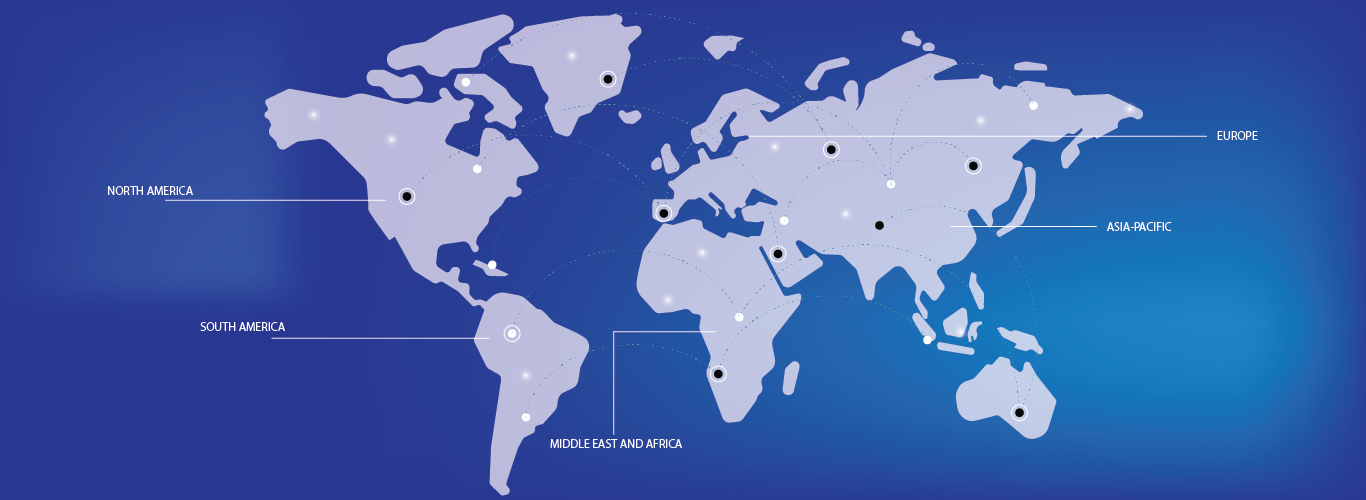- The fusion splicer market is seeing steady growth driven by the rising demand for faster and more reliable communication networks. With increasing reliance on high-speed internet for both personal and business needs, the adoption of fiber optic technologies for internet infrastructure, telecommunications, and broadband services is surging
- Technological advancements in fusion splicing equipment are key to the market’s expansion. Modern splicers are becoming more efficient with features such as higher precision, faster splicing times, and user-friendly interfaces, which enhance productivity for both small and large-scale telecom providers
- Companies such as Fujikura and Sumitomo Electric are continually innovating to meet these growing needs, making their products more accessible to various market players
- The growing deployment of 5G networks is a significant factor in increasing demand for fusion splicers. High-quality fiber optic connections are essential for 5G infrastructure, which drives the need for advanced fusion splicing tools.
- For instance: The 5G rollouts in regions such as North America and Asia have led to a boom in fiber optic installations, directly increasing the need for precise splicing equipment
- Emerging markets are seeing increased demand for cost-effective fusion splicing solutions. In countries where internet infrastructure is still developing, the push for affordable yet high-performance fusion splicers is on the rise
- For Instance: Manufacturers such as Corning and Hills are catering to markets in Africa and Southeast Asia, providing cost-efficient equipment suited for high-speed internet development
- The growing trend of automated processes in fusion splicing is making installations more scalable and efficient. Companies are integrating automated fusion splicers that reduce labor time and increase consistency in splicing, such as AFL’s automated splicing systems that are being used for large-scale telecom projects




